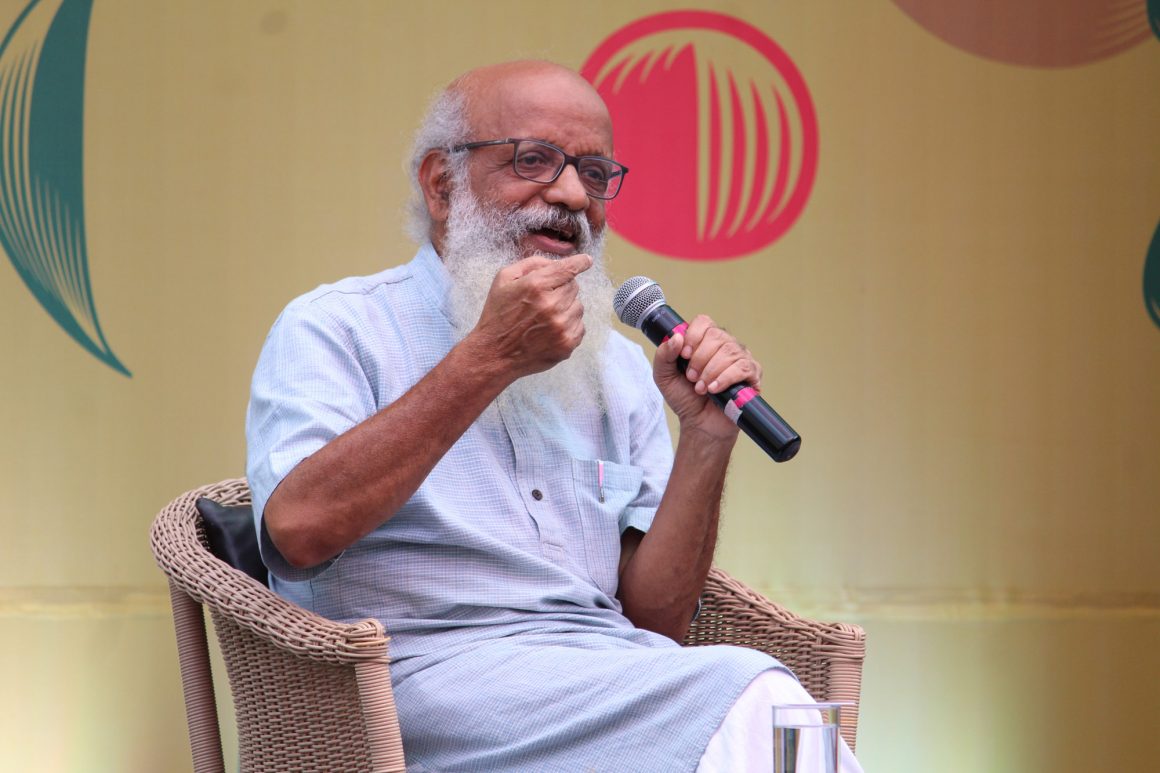Reinterpretation of mythology or mythological fiction isn’t my favourite genre. In my opinion, many of these are an attempt at fan fiction and most of them do fail terribly. I talked about it here. So, when I picked up Prachi Garg’s Startup Secrets from the Ramayana, I was reluctant. Nevertheless, I was intrigued because the blurb said it is the story of Ram’s struggle of setting up his business empire from scratch in fourteen years. Prachi, who is also the founder of ghoomophiro.com has authored a few books in the genre of business fiction including the ‘Super’ series. So obviously she seems to know her trade well enough to put my anxiety to ease from the beginning.
The tale opens with a scene of Ram standing at the brink of victory against Ravan and flashes back into his struggle of fourteen years. Prachi’s Ram doesn’t carry a quiver full of arrows but business strategies and solutions for any business-related problem. Yet, he loses his business empire and is forced to move out of Ayodhya to start fresh along with his closest aide Sita and loving brother Lakshman. So, the lessons start from there. As the tale progresses, you will also meet many characters from Ramayana, when the trio work hard to establish a collaborative business Platform, called Kutumb, In Chitrakoot, that functions as a co-working space for small and large scale entrepreneurs. Then arrives Shurpanakha, followed by Ravan and his company HeadHunters from Lanka who pursues an aggressive business strategy to establish a monopoly over the Indian market. So the tale goes.
For those readers, who are familiar with the tale of Ramayana, it will be interesting to note how Prachi has picked a handful of characters and events from this epic and has successfully woven into a business fiction. I understand it isn’t as simple as a mythological fiction, to tell a tale with the same sequence of events but in a business language. I for one was constantly curious to know how each character has been recreated and how Prachi fit them into a modern-day business world. I liked Prachi’s diligence on how she tried to bring some of the finest details of the epic like the golden deer that lures Sita, the Nine-Sister’s alliance, Hanuman bringing the entire tech-hub because he couldn’t find the correct router. While some of these reinterpretations might come-across like force-fit, a lot of them do bring a smile.
There are occasional slip-ups in the plot which is barely noticeable, thanks to Prachi’s skillful narration. The best part of the book for me is the end of every chapter, where Prachi summarizes the learning from those episodes. In only 126 pages, Prachi covers a lot of ground from ‘The Value of Disruption’ to ‘Financial Stability’. The choice of language is simple and spiced up in moderation with business jargon, which makes it an easy read even for beginners.
I must also warn the readers to not expect a thorough reinterpretation of Ramayana in Prachi’s book, especially those readers who have studied Ramayana extensively. I would say read this because it is a fun read with some insightful secrets for the startup-enthusiasts.


